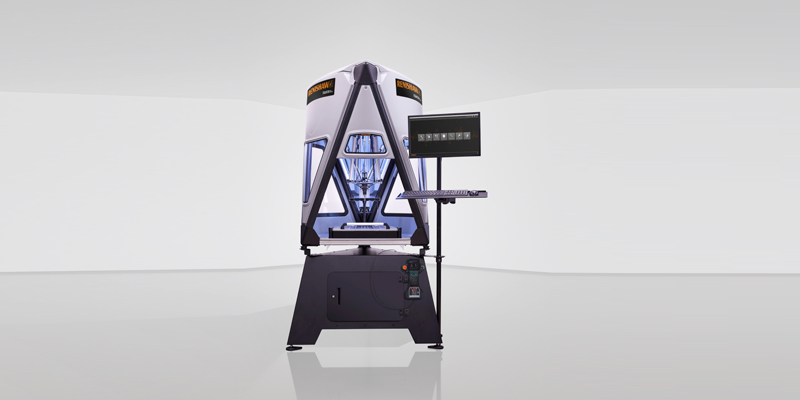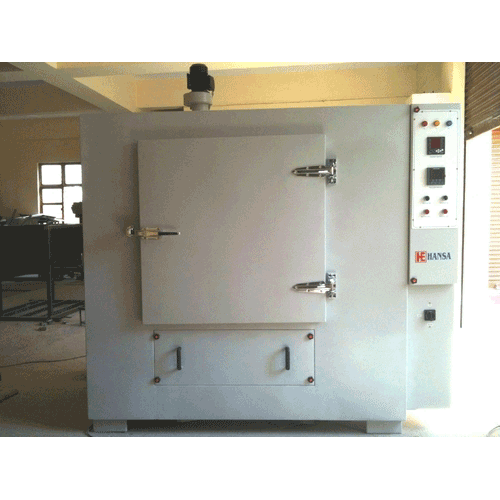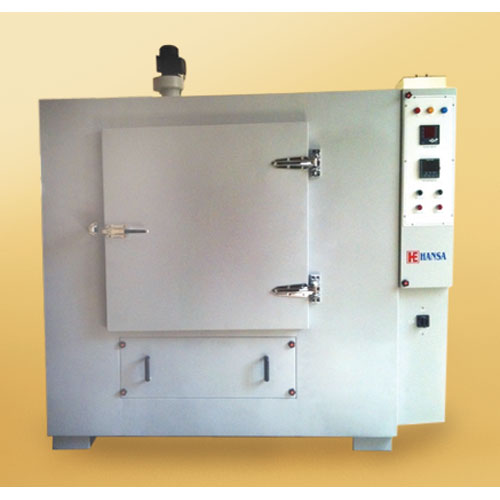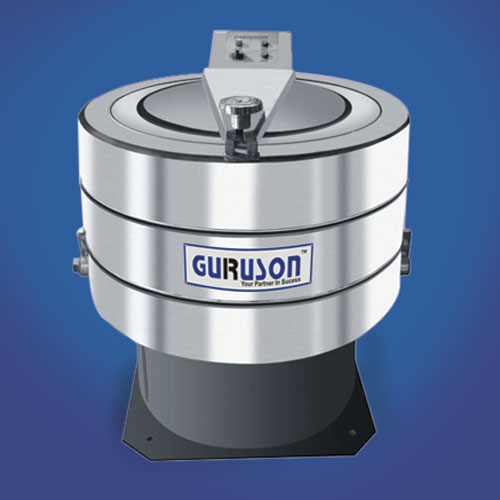Schedule a Call Back
Improving patient outcomes with smart implants
 Technical Articles
Technical Articles- Mar 01,18

Related Stories

GE Aerospace boosts Pune unit with USD 14m upgrade
GE Aerospace is investing USD 14 million to expand and modernise its Pune facility, strengthening manufacturing capability and supporting advanced engine component production.
Read more
Renishaw Unveils Equator–X 500 Dual-Method Gauging System
Equator–X 500 dual-method system extends the Equator range of versatile gauges for shop floor process control, high-speed measurement and quality assurance
Read more
Teledyne Launches Industrial Image Sensors for Space
These new products complement Teledyne’s ongoing offerings for demanding science and defense missions by providing options for the less rigorous New Space market.
Read moreRelated Products

Heavy Industrial Ovens
Hansa Enterprises offers a wide range of heavy industrial ovens.

High Quality Industrial Ovens
Hansa Enterprises offers a wide range of high quality industrial ovens. Read more

Hydro Extractor
Guruson International offers a wide range of cone hydro extractor. Read more















